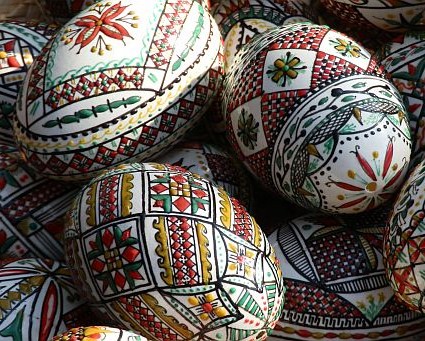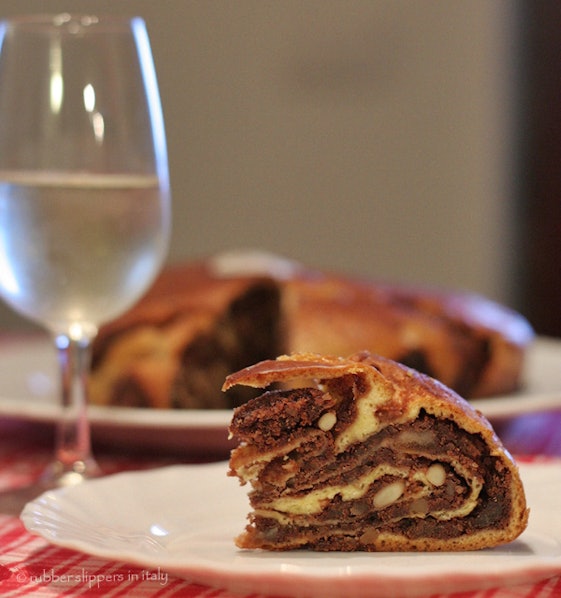Easter is just around the corner or shall I say corners?! No, I do not believe the Earth is flat nor am I conspiring against science, but the entire Christian world is setting up the scene for this important festival.
Ahead of this annual celebration, let’s embark on a tour across cultures and discover some of their customs.
Seville, Spain

Seville illustrates one of the most spectacular processions of masked penitents for which thousands line the streets to watch the marching bands, highly decorated candlelit floats and Baroque statues telling the Easter story. Semana Santa (the Holly Week) also symbolises the beginning of spring for the people of Seville, whilst the last week of April is a week of revelry, family, flamenco dancing, drinking, and heaps of food at the city’s fair grounds.
One of many traditional Italian desserts, gubana is a brioche-like cake characterized by tasty raisin-nut swirls. Though sometimes called “Italian Easter Bread,” it is also frequently eaten on Christmas and at weddings.
Florence, Italy

On Easter Sunday a large wagon is pulled by white oxen in a procession in the streets of the centre of Florence to the front of the cathedral of Santa Maria del Fiore. The chariot is accompanied by a historical parade of people in colourful costumes, in Renaissance style.When the Gloria is sung inside the cathedral, the Archbishop lights a dove-shaped rocket which tears down a wire into the cart, setting off a large and suitably noisy fireworks display inside. The fire symbolizes the creative force of nature.
Decorated with colorful sprinkles and eggs, Mona de Pascua is most commonly eaten by Spanish Catholics to celebrate the end of Lent — a time during which the most devout Catholics abstain from eating meat and eggs.
Prizzi, Sicily
In Prizzi, in the hills south of Palermo, “The Abballu de daivuli” is a representation by locals of devils wearing horrendous masks of zinc and dressed in red robes. The devils run around on Easter Sunday trying to trap as many souls as possible (in the form of getting them to buy drinks) until the afternoon when the Virgin Mary and the Risen Christ triumph and the devils are carried away by angels.
Bermuda Lilies Bloom Abroad
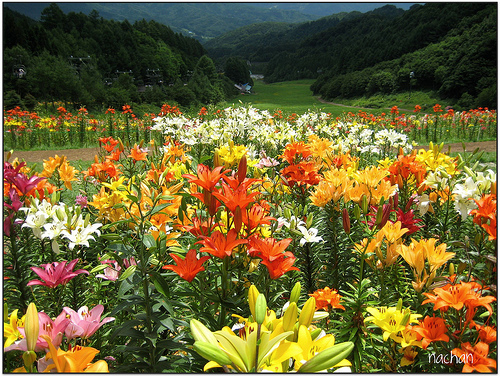
For some cultures, nature is directly related to Easter. Lilies were a symbol of purity for early Christians. The white trumpet lily, known in the United States as “Easter Lilies,” was brought from Bermuda around 1900. The trumpet lily blooms in the spring and rapidly became popular for Easter decorations.
Easter Witches Haunt Sweden
In Sweden, witches were thought to fly their broomsticks to church bell towers on Easter Eve. Especially in western Sweden, children often dress up as hags and visit neighbours, often with an Easter card, hoping for a coin or a piece of candy in return.
United Kingdom
As a part of Easter tradition, special springtime dance troupes are called upon, to give exclusive Morris dance performances. This dance is always staged by professional male troupes who observe old spring dances to frighten away the evil spirits of winter. The attire of the dancers is extremely traditional wherein they wear white shorts, red sashes, black trousers and straw hats. Red and green ribbons along with flowers and streamers are also added to their attire to make their look all the more colourful.

Special Easter parades are held in Britain and the parade conducted at Battersea Park in London is a very popular one.
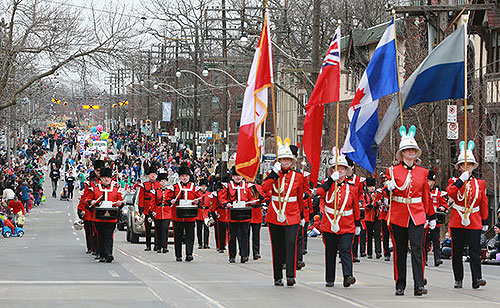
Romania
Besides its religious meaning – commemorating the moment when Jesus came back from the dead – Romanian Easter brings some other customs that I am very proud to speak of. The painting egg technique, also called “oua incondeiate”, is one of them and it seems as complicated as the pattern’s beauty applied on the egg shell.
Probably the most beautiful Easter eggs are made in a magical region of Romania called Bucovina. And when I say magic I mean it, otherwise I could not explain the undisputed talent of Bucovina’s peasants of turning a simple egg into such an amazing piece of art.
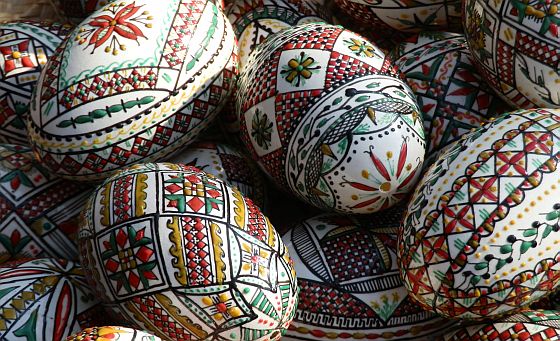
This year I am celebrating Easter in Berlin and I know at least one thing I will be missing – pasca, a braided egg bread with a gold, glossy surface. Sweetened with raisins and rum, the dessert is sometimes even topped with frosting and sprinkles for a festive touch.
I am not feeling blue because I have already found a pretty good German substitute for my traditional dessert – osterbrot, a sweet bread characterized by its citrus taste and raisin-speckled texture.

Happy Easter to everyone wherever you are in the world 🙂
Read this post and other stories on Diana’s personal blog
Latest posts by Diana Florescu (see all)
- 5 Innovative Tools and Untapped Platforms to Help You Ace Your Finals - May 1, 2017
- StartUp2017 – How to start a food business - January 16, 2017
- The Lean Start-up Series – From ideation to the “AHA” moment - December 8, 2016
